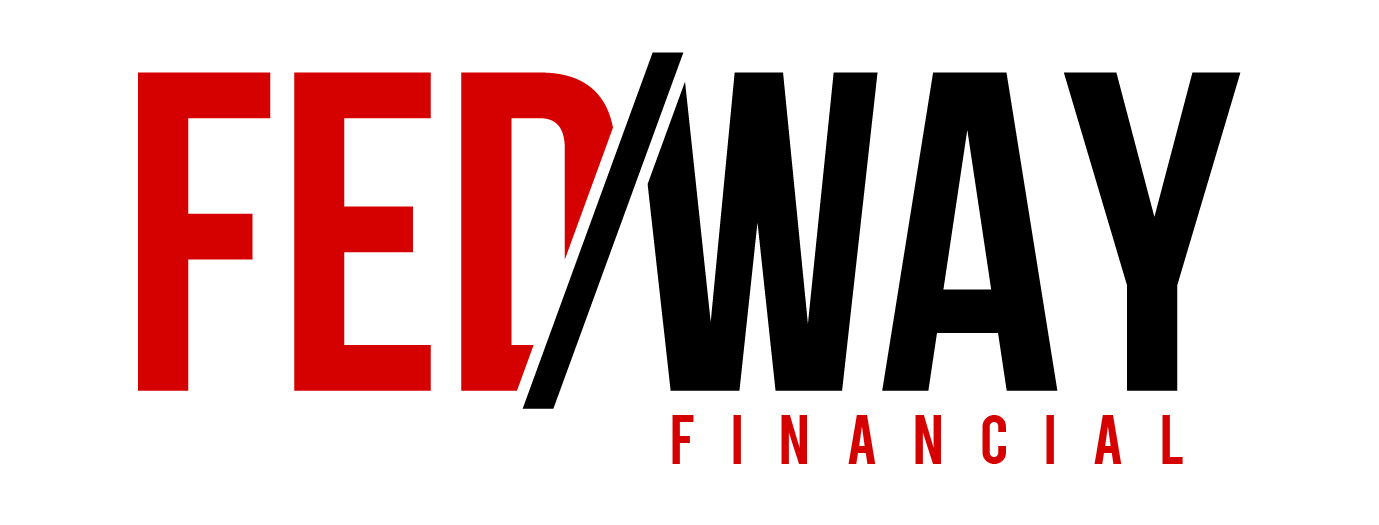In the world of health benefits, FEHB and Medicare are two major players, each offering various options for quality healthcare services. Many federal employees and retirees approaching 65 often ask the crucial question: Do I need FEHB and Medicare? In this post, we’ll delve into this important query and provide valuable insights about both programs to help you make an informed decision.
Basics of Medicare
Parts of Medicare
Medicare is a federal health insurance program primarily designed for individuals aged 65 and older. It consists of four primary parts:
- Part A: Hospital Insurance that covers inpatient hospital care.
- Part B: Medical Insurance that helps pay for services from doctors and other healthcare providers.
- Part C: Medicare Advantage, a bundled coverage option that combines various parts of Medicare.
- Part D: Coverage for prescription drugs.
Parts A and B together make up Original Medicare. These two parts are commonly used by federal retirees, while Parts C and D are more popular with private sector retirees. However, a growing number of FEHB providers now offer Medicare Advantage plans, which has increased its popularity among federal retirees.
Enrollment Periods for Medicare
There are three different enrollment periods for Medicare:
- Initial Enrollment Period (IEP): Lasts for seven months, beginning three months before an individual turns 65.
- Special Enrollment Period (SEP): Available for individuals covered by FEHB as federal employees or under a spouse’s plan who is a federal employee. After you or your spouse retires or loses coverage, you have eight months to sign up for Medicare.
- General Enrollment Period (GEP): Runs from January 1st to March 31st each year, with coverage starting the month after enrollment.
If you’re receiving Social Security benefits when you turn 65, you don’t have to take any additional steps to enroll in Medicare. You will be automatically enrolled in Medicare Parts A and B.
For most federal retirees, Medicare enrollment is voluntary, but there are a few exceptions. Federal retirees who decide to use TRICARE instead of FEHB must enroll in Medicare; and starting in 2025, new postal retirees will be required to enroll in Medicare.
Cost and Coverage Considerations
Medicare Part A is premium-free for most federal retirees, while Part B comes with a standard premium cost, with potential adjustments based on income. The cost of your Part B premium is based on your tax return income from two years ago. Therefore, your 2022 modified adjusted gross income determines whether you pay the standard rate or a higher premium in 2024. The extra charge added to Medicare premiums is known as an IRMAA.
Some federal retirees may also have their premium increased by a late enrollment penalty. This penalty is typically assessed to people who do not enroll during the initial seven-month window and do not qualify for a special enrollment period. The penalty adds an extra 10% of the standard Part B premium for every 12 months that you could have been enrolled but weren’t.
Additionally, the late enrollment penalty is permanent and cumulative, meaning that if you delay enrollment for 36 months or three years, the penalty will add a permanent 30% fee to your standard premium.
Factors to Consider When Deciding on Part B Coverage
Since Part A usually doesn’t come with an extra cost, many federal employees choose to sign up for it no matter their job status. However, deciding on Part B enrollment isn’t as simple for most. Around 25% of eligible retirees choose not to enroll in Part B. Adding Part B coverage has its pros and cons, with various factors to weigh. Let’s explore three key factors that could impact and guide your choice on getting Part B:
- Cost vs. Cost Savings: The cost of Medicare Part B premiums can be a significant factor in your decision. However, many FEHB plans offer incentives that may reduce your premium and other out-of-pocket expenses when combined with Medicare. It’s important to compare the premium costs of different FEHB plans and consider the potential cost savings when paired with Medicare.
- Coverage Limitations: When you turn 65, many FEHB plans are required to limit their payments for inpatient hospital care and physician care to the payments you would be entitled to if you had Medicare. It’s important to be aware of any changes to your existing health coverage and consider any coverage limitations for specific doctors, medical facilities, and prescription drugs.
- Future Healthcare Needs: It’s difficult to predict exactly what your future healthcare needs will be, but considering your future healthcare needs is an important factor in deciding whether to add Medicare. As we age, healthcare needs and costs often increase. Having coverage from both programs can help reduce or eliminate high out-of-pocket costs for deductibles and coinsurance, providing a safety net for expensive or frequent care.
Conclusion
As you evaluate whether to have FEHB as standalone coverage or add Medicare to an existing or different FEHB plan, it’s important to consider the costs, coverage limitations, and your future healthcare needs. Making an informed decision about your healthcare benefits is crucial as you approach the significant milestone of turning 65.
We hope you enjoyed this blog post. If you have any questions or concerns about federal benefits or retirement planning, connect with us. Here are a couple of ways that we can help:
- Book a free 45-minute consultation with a Fedway Financial Advisor.
- Subscribe to our YouTube Channel “The Money Briefing” to get insightful content about federal benefits and retirement planning.





